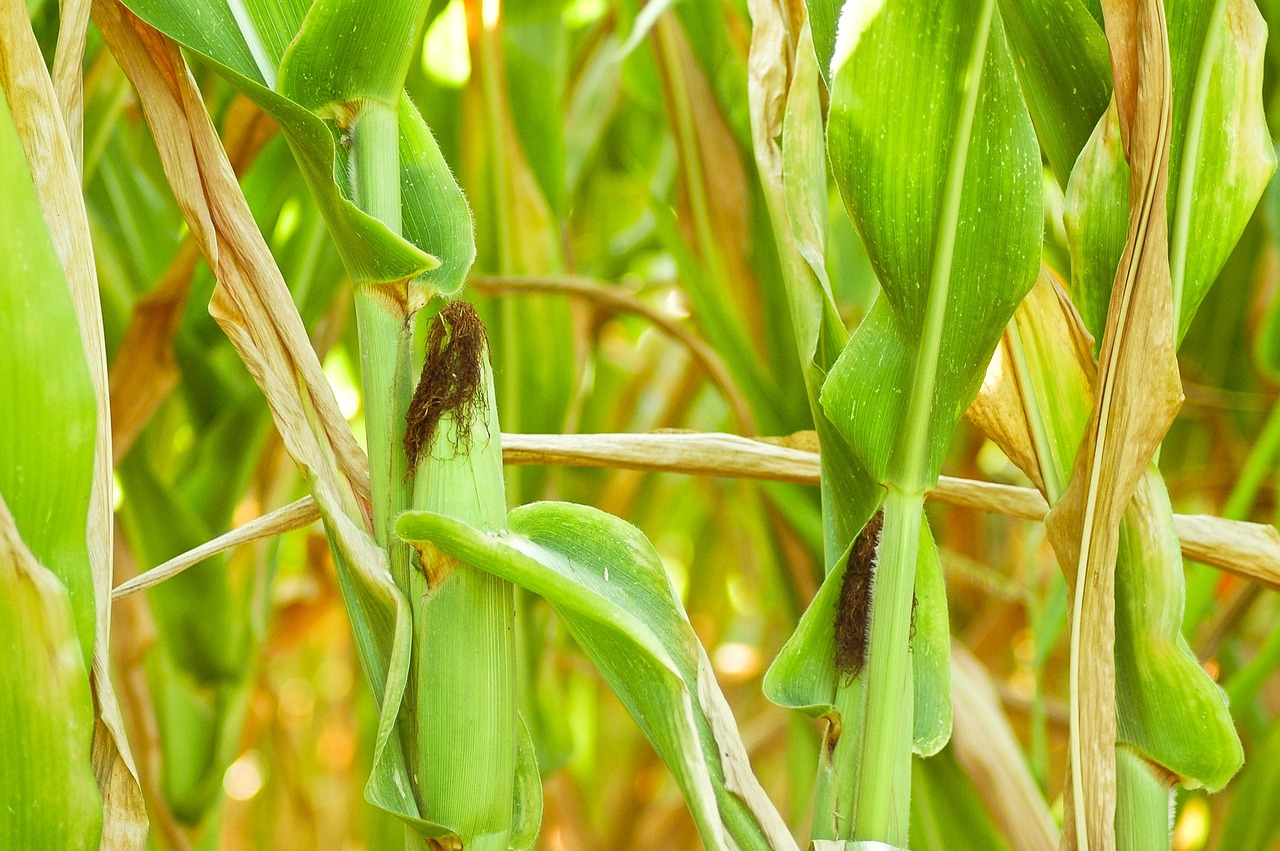
Although localized thunderstorms have alleviated some drought effects, more widespread rainfall is needed.Continue reading

The summer harvest concluded on July 24 with minimal adverse effects, and storage capacity is sufficient for this year’s crops.
Most of the harvest is already stored, according to the Ministry of Agriculture. The Secretary of State for Agriculture and Rural Development praised farmers for their hard work, ensuring fresh bread for Hungarian families.
Zsolt Feldman reported that the harvest was average compared to previous years, with a reduction in sown areas offset by favorable yields in several crops, except winter oilseed rape.
The country’s supply of summer crops is secure, with a significant export surplus.
Winter wheat harvest is nearly complete, with a national average yield of 5.8 tons per hectare from 864,500 hectares. This yield is slightly higher than last year and the five-year average. The highest yields were in Baranya, Tolna (both Southern Hungary), and Vas (Western Hungary) counties, while the lowest were in Pest, Bács-Kiskun (both Central Hungary) and Nógrád counties (Northern-Hungary). The total wheat harvest is nearly 5 million tons, covering domestic consumption and milling needs. Current wheat prices suggest that bread production costs should not exceed HUF 100 (25 Euro-cents) per kilogram.

Photo: Facebook / Legény Családi Gazdaság
Winter barley harvest was completed earliest, with a national yield of 5.7 tonnes per hectare on 260,000 hectares, which is 3.7% higher than last year and consistent with the five-year average. Yields varied by region, with Transdanubia showing better results.
Spring barley, rye, oats, and triticale (crossbred of rye and wheat, used as animal feed) harvesting is nearly complete, with average yields of 2.9 tons per hectare for rye, 4.7 tons for spring barley, 4.3 tons for triticale, and 3 tons for oats. The autumn swede rape harvest, averaging 2.5 tons per hectare, was impacted by weather and reduced area, totaling around 432,000 tons. Seed peas were harvested with an average yield of 2.4 tonnes per hectare on 13,000 hectares, showing regional variations.
Via MTI; Featured Image: Pixabay